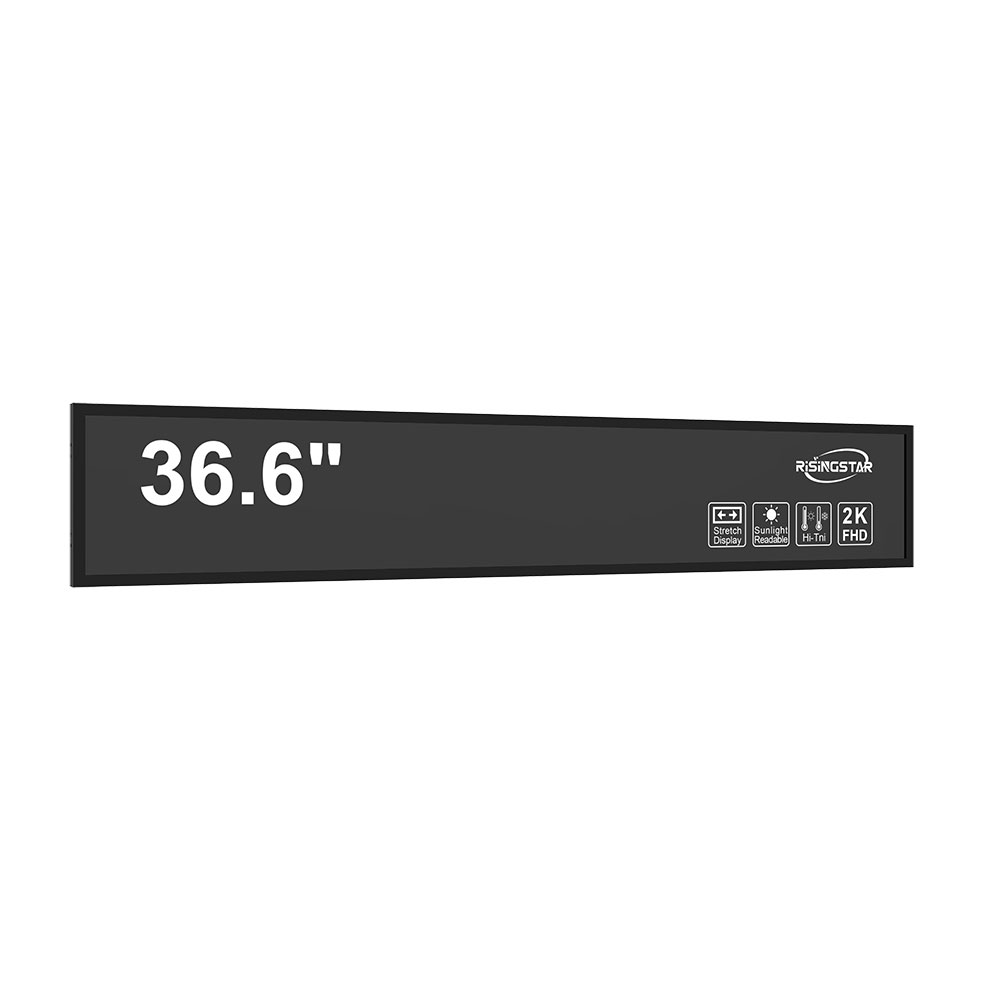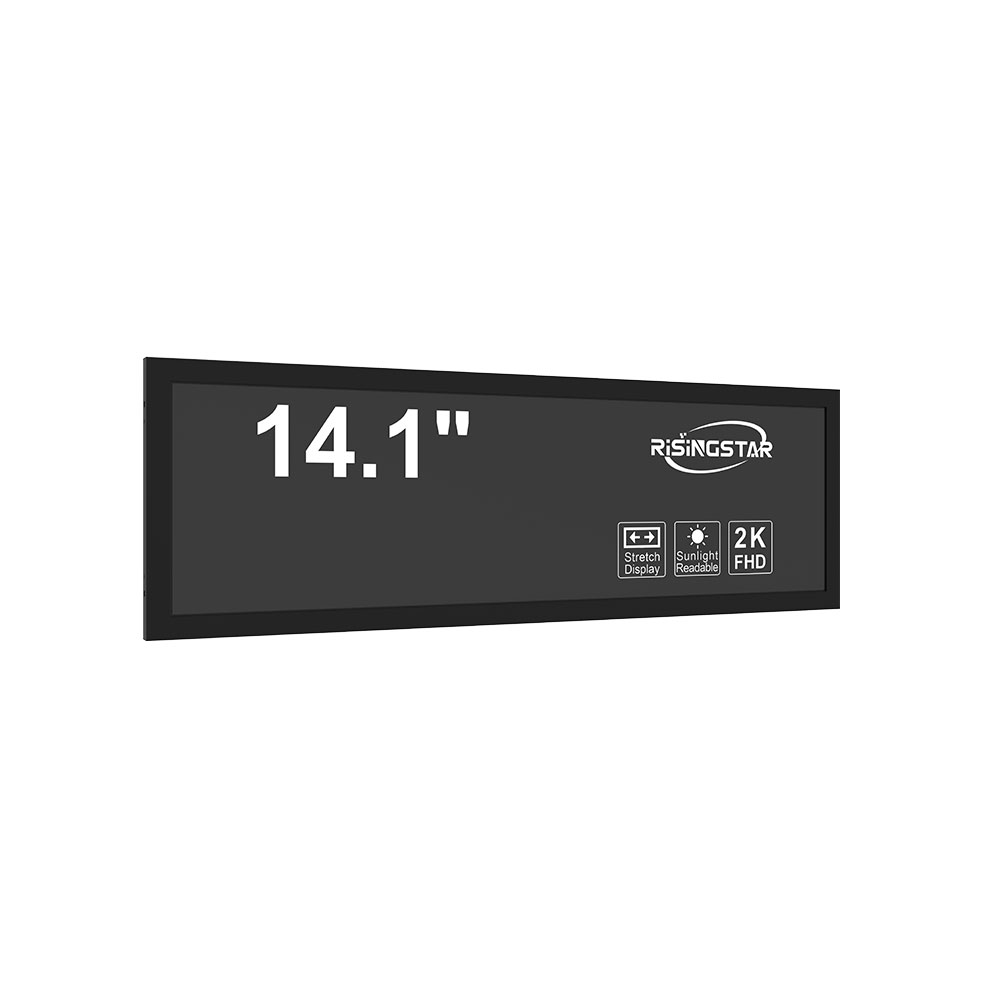- Home
- About Us
- Products
- News
- Video
- Contact
- Send Inquiry
Search
- Home
- About Us
- Products
- News
- Video
- Contact
- Send Inquiry

Outdoor LCD screens have become indispensable in modern public spaces—from digital billboards and transit stations to retail kiosks and sports venues. As demand grows for high-visibility, long-lasting displays in challenging environments, manufacturers and integrators must address critical technical parameters that ensure performance under real-world conditions. This article provides a comprehensive overview of outdoor LCD screen technology, focusing on durability, brightness, contrast ratio, environmental resilience, and proper installation practices based on industry standards like IEC 60068, IP ratings, and MIL-STD-810G.
Durability: Beyond Weatherproofing
A common misconception is that "outdoor" means merely water-resistant or dust-proof. In reality, outdoor LCDs must withstand temperature extremes (from -30°C to +70°C), UV degradation, mechanical vibrations, and potential vandalism. The structural integrity of the enclosure is often more critical than the display panel itself. For example, aluminum die-cast housings with anti-corrosion coatings are preferred over plastic due to their thermal conductivity and longevity. According to a 2023 study by the International Association of Display Manufacturers (IADM), 78% of premature outdoor LCD failures were linked to poor housing design—not internal component failure.
Additionally, LED backlight systems offer superior reliability compared to CCFL (Cold Cathode Fluorescent Lamp) backlights, especially in high-humidity environments. LEDs generate less heat, reduce power consumption by up to 40%, and maintain consistent brightness over time—a key factor for energy-efficient deployments in remote locations.

Brightness: Achieving Visibility Under Direct Sunlight

The most cited metric for outdoor LCDs is luminance, typically measured in nits (cd/m²). While indoor screens range from 300–500 nits, outdoor models require at least 5,000 nits—ideally 7,000+ for direct sunlight applications. A 2022 field test conducted by the Society for Information Display (SID) demonstrated that screens below 5,000 nits became unreadable during peak solar noon, even with anti-glare coatings.
High-brightness LCDs use advanced optical stack designs, including polarization enhancement films and diffusers optimized for daylight visibility. Some premium models incorporate adaptive brightness sensors that adjust output dynamically based on ambient light levels—an energy-saving feature now required by EU Ecodesign regulations for commercial displays.
Contrast Ratio: Clarity in Variable Lighting Conditions

Contrast ratio (the difference between white and black levels) directly impacts image clarity. Outdoor screens need a minimum contrast ratio of 4,000:1 to remain legible in both bright daylight and twilight hours. Passive matrix LCDs struggle here; active-matrix IPS (In-Plane Switching) panels are standard in professional outdoor installations due to their wide viewing angles and excellent color consistency.
Interestingly, contrast isn’t static—it degrades with increasing ambient light. To compensate, manufacturers implement local dimming zones (LDZ), which selectively darken parts of the backlight array to enhance perceived contrast without reducing overall brightness. This technique, commonly found in 4K outdoor displays used in stadiums, improves visual fidelity while maintaining power efficiency.
Environmental Protection: IP Ratings and Thermal Management
IP (Ingress Protection) ratings define resistance to solids and liquids. For outdoor use, an IP65 rating (dust-tight and protected against water jets) is the bare minimum; IP67 (immersion up to 1 meter) or IP68 (continuous submersion) is recommended for coastal or flood-prone areas.
Thermal management remains one of the biggest engineering challenges. High temperatures shorten LED lifespan and cause color shift. Many outdoor units integrate passive cooling via heat sinks and convection channels, while others employ active solutions like fan-based ventilation or liquid-cooled enclosures for extreme climates. Testing per MIL-STD-810G ensures these systems function reliably across shock, vibration, humidity, and temperature cycling.
Installation Best Practices: From Mounting to Maintenance
Even the best outdoor LCD will fail if improperly installed. First, consider mounting location: avoid placing screens where they receive direct sun exposure during midday unless equipped with sun shields or automatic brightness control. Second, ensure proper grounding and surge protection—especially in lightning-prone regions—as electrical surges account for nearly 20% of outdoor screen failures (per a 2021 report from the National Electrical Manufacturers Association).
Cable management is another overlooked area. Use weatherproof conduit and waterproof connectors rated for outdoor use (e.g., M12 connectors). Regular maintenance schedules—including cleaning lenses with microfiber cloths and inspecting seals annually—are essential to extend lifespan beyond 10 years.
Emerging Trends: Smart Integration and Energy Efficiency
Modern outdoor LCDs increasingly integrate with IoT platforms for remote diagnostics, firmware updates, and usage analytics. For instance, Samsung’s “Smart Signage Platform” allows centralized monitoring of hundreds of outdoor screens across cities. These capabilities not only improve operational efficiency but also enable predictive maintenance through AI-driven anomaly detection.
Energy efficiency is also advancing rapidly. New OLED-based outdoor panels offer higher contrast ratios and lower power draw than traditional LCDs, though cost remains a barrier for mass deployment. Meanwhile, solar-powered outdoor displays are gaining traction in off-grid locations such as rural advertising boards or emergency communication systems.
In conclusion, successful outdoor LCD implementation requires a holistic understanding of materials science, thermodynamics, optics, and system integration. Whether deploying a single screen in a shopping mall or a networked display system in a city center, adhering to established standards and prioritizing robust design leads to reliable, long-term performance—even in the harshest environments.